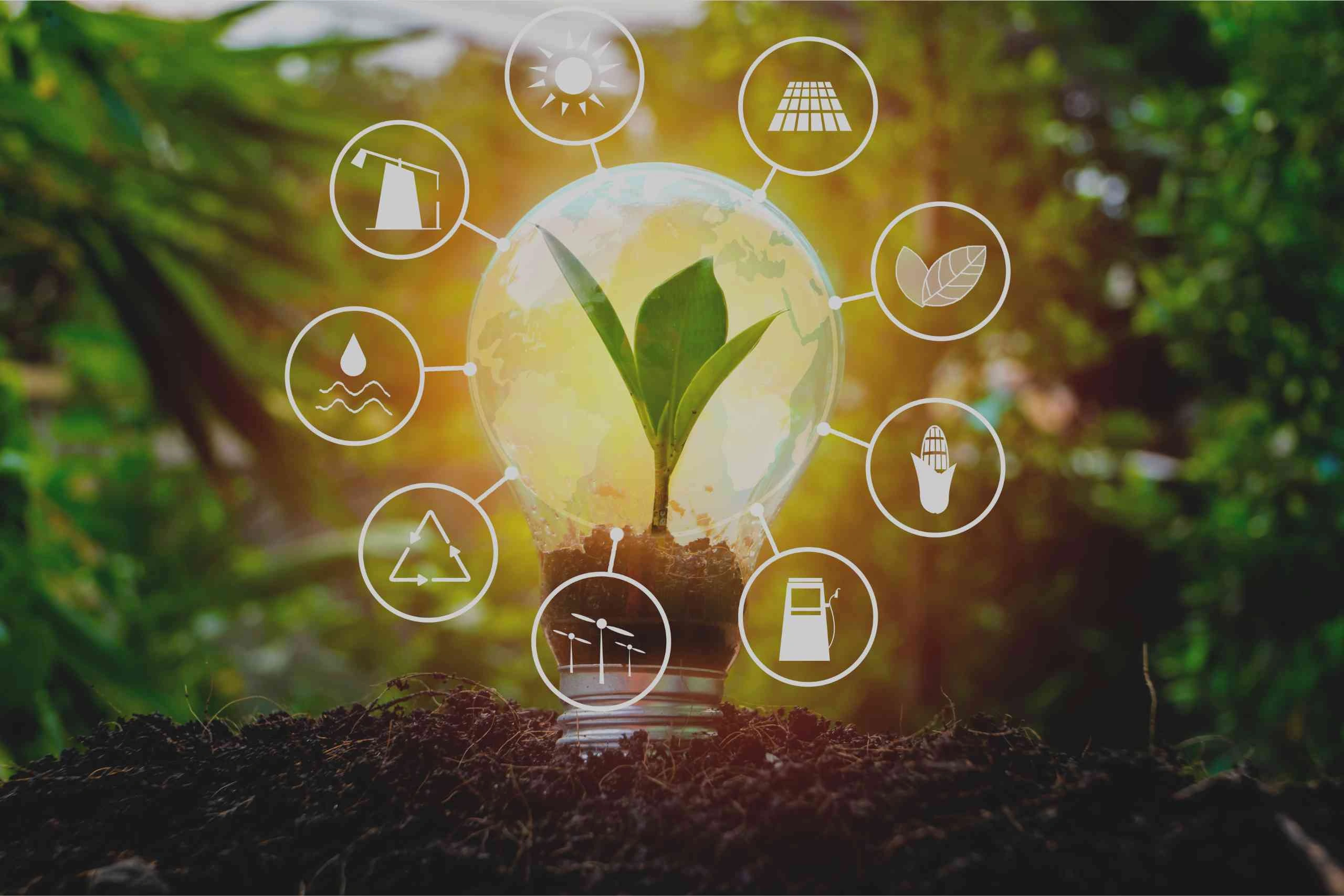The Green Tech Revolution: Innovations Driving Sustainability
In recent years, the growing awareness of climate change and environmental degradation has led to a surge in the development and adoption of green technologies. These innovations are designed to reduce carbon footprints, conserve resources, and promote sustainability across various industries. The green tech revolution is not just a trend; it is a crucial response to the environmental challenges facing our planet. In this blog post, we will explore some of the most impactful green technologies driving sustainability today.
1. Renewable Energy Technologies
Renewable energy is at the forefront of the green tech revolution. Solar, wind, and hydropower are the most widely recognized forms of renewable energy, but advancements in technology have expanded the possibilities even further.
- Solar Power: Photovoltaic (PV) technology has made significant strides, making solar panels more efficient and affordable. Innovations like solar roof tiles and flexible solar panels are increasing accessibility for homeowners and businesses alike. Additionally, solar energy storage solutions, such as Tesla’s Powerwall, allow for the capture and use of solar energy even when the sun isn’t shining.
- Wind Energy: Wind turbines are becoming more efficient, with larger blades and more effective energy capture methods. Offshore wind farms are gaining traction as they offer higher wind speeds and more consistent energy generation. Innovations like vertical-axis wind turbines and airborne wind energy systems are also being explored to maximize the potential of wind energy.
- Hydropower: While traditional hydropower has been around for decades, new technologies are making it more sustainable. Small-scale hydropower systems, which have a lower environmental impact, are being developed for use in remote areas. Additionally, advancements in tidal and wave energy are opening up new possibilities for harnessing the power of water.
2. Energy Storage Solutions
One of the challenges of renewable energy is its intermittency—solar and wind energy are not always available when demand is high. Energy storage technologies are critical for bridging this gap and ensuring a reliable supply of green energy.
- Battery Storage: Lithium-ion batteries are currently the most popular energy storage solution, but research is ongoing to develop alternatives that are more efficient, longer-lasting, and less reliant on rare materials. Solid-state batteries, flow batteries, and metal-air batteries are among the promising technologies in this field.
- Grid Storage: Large-scale energy storage systems are being developed to store excess energy generated by renewable sources and release it when needed. Pumped hydroelectric storage, compressed air energy storage, and advanced flywheel systems are examples of grid storage solutions that can help stabilize the power grid.
3. Electric Vehicles and Sustainable Transportation
Transportation is one of the largest contributors to greenhouse gas emissions. The shift to electric vehicles (EVs) and other sustainable transportation options is a key aspect of the green tech revolution.
- Electric Vehicles: EVs are becoming more mainstream, with major automakers investing heavily in electric models. Advances in battery technology are extending the range of EVs, while improvements in charging infrastructure are making it easier for consumers to adopt this cleaner mode of transportation. Additionally, electric buses, trucks, and even airplanes are being developed to reduce emissions in commercial transportation.
- Public Transportation: Cities around the world are investing in electric and hybrid buses, as well as light rail systems, to provide cleaner public transportation options. Innovations like autonomous electric shuttles and bike-sharing programs are also contributing to more sustainable urban mobility.
- Alternative Fuels: Hydrogen fuel cells and biofuels are being explored as alternatives to traditional fossil fuels. While these technologies are still in the early stages, they hold promise for reducing emissions in sectors like aviation and shipping, where electrification is more challenging.
4. Sustainable Agriculture and Food Production
Agriculture is another major contributor to environmental degradation, but green tech is helping to make food production more sustainable.
- Precision Agriculture: Using data analytics, satellite imagery, and IoT sensors, farmers can optimize water usage, reduce pesticide and fertilizer application, and increase crop yields with minimal environmental impact. Drones and autonomous tractors are also being used to enhance precision agriculture practices.
- Vertical Farming: Vertical farming involves growing crops in stacked layers, often in controlled indoor environments. This method reduces the need for land and water, and it can be done in urban areas, reducing the carbon footprint associated with transporting food. LED lighting, hydroponics, and aeroponics are key technologies enabling the success of vertical farms.
- Lab-Grown Meat: Cultured or lab-grown meat is an emerging technology that could revolutionize the food industry. By growing meat from animal cells in a lab, it is possible to produce protein with a fraction of the environmental impact of traditional livestock farming. While still in the early stages, lab-grown meat could become a sustainable alternative to conventional meat products.
5. Circular Economy and Waste Management
The circular economy is a model of production and consumption that aims to reduce waste and make the most of resources. Green tech is playing a significant role in enabling this shift.
- Recycling Technologies: Advances in recycling technologies are making it easier to recover valuable materials from waste. For example, chemical recycling processes can break down plastics into their original components, allowing them to be reused in new products. E-waste recycling is also becoming more efficient, recovering precious metals and other materials from discarded electronics.
- Upcycling: Upcycling involves transforming waste materials into new products of higher value. This can range from turning plastic bottles into clothing to converting industrial waste into construction materials. Innovations in design and manufacturing are making upcycling a viable option for reducing waste.
- Waste-to-Energy: Waste-to-energy technologies convert non-recyclable waste into electricity or heat. While not without controversy, modern waste-to-energy plants are becoming more efficient and environmentally friendly, offering a way to manage waste while generating clean energy.
The green tech revolution is driving significant changes across various sectors, from energy and transportation to agriculture and waste management. These innovations are not only helping to reduce environmental impact but also creating new economic opportunities and improving quality of life. As we continue to face the challenges of climate change, the adoption and further development of green technologies will be essential for building a sustainable future.







